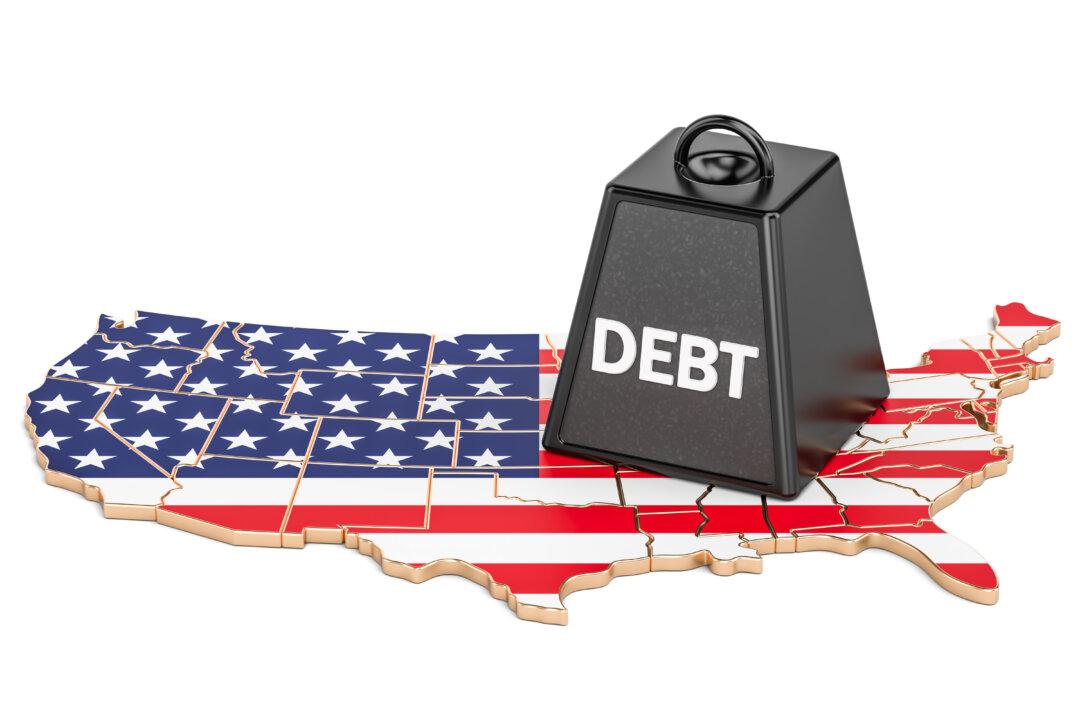According to the Austrian Business Cycle Theory, an artificial increase in the money supply via central bank expansionary monetary policy lowers the market interest rate. This, in turn, causes the market interest rate to deviate from the natural rate, determined by the market. Consequently, this leads to the boom-bust cycle. Understanding this, on the gold standard, where money is gold—and assuming that there is no central bank—an increase in the supply of gold will also result in the lowering of the market interest rates.
“The unsustainable boom occurs when a newly created (or mined) quantity of money enters the loan market and distorts interest rates, before other prices in the economy have had time to adjust. In principle, this process could occur even in the case of commodity money with 100 percent reserve banking.”
Note again that, according to Murphy, the increase in the supply of gold also could set the boom-bust cycle in motion, though Mises believed, in practice, this theoretical possibility would have a negligible effect.
Following this reasoning, what uniquely sets the boom-bust cycle into motion is an artificial, inflationary increase in the money supply. The increase in this type of money sets an exchange of nothing for something (i.e., the diversion of wealth from wealth-generators to non-wealth-generators and their projects). The expansionary policy of the central bank impoverishes wealth producers and enriches first possessors of the newly created money and credit. For Rothbard, then, the boom-bust cycle emerges because of the expansionary policies of the central bank, which set in motion the act of embezzlement.
A major contributor to the inflationary process is commercial bank credit expansion. This type of credit is facilitated by the expansionary monetary policy of the central bank. This expansionary monetary policy produces false economic prosperity—the economic boom. When the limited savings come under pressure because of the false economic boom, banks start to accumulate non-performing assets. Consequently, they necessarily slow the expansion of artificial credit. As a rule—pressured by increasing price inflation—central banks also respond by tightening monetary policy. The unsound investments and ventures, dependent on loose artificial monetary policy, cannot survive the monetary contraction. An economic bust results.
Gold and the Boom-Bust Cycle?
The reason why miners mine gold is because there is a market for it. Gold contributes to the subjective well-being of individuals. In this sense, it is part of the pool of wealth.Phony Warehouse Receipts, Fiat Money, or Fiduciary Media Cause Boom-Bust Cycles
Contrast this with the unbacked-by-gold “receipts” that are used as the medium of exchange. These receipts were issued without the corresponding gold deposited for safekeeping. These receipts generate the same outcome as the counterfeit money does, yet on a much larger scale. This sets the stage for increased consumption without contributing to production or savings. Unbacked fiat certificates set in motion an exchange of nothing for something that, in turn, distorts the price structure and the structure of production and leads to boom-bust cycles.This also sets the stage for widespread embezzlement once these certificates are employed in an exchange for goods and services. Through the signals from the increased purchasing and investments, this creates an artificial economic boom. Once this process slows down or stops altogether, it halts the diversion of wealth to various activities that emerged because of inflation. As a result, these activities come under pressure and an economic bust results. Without the inflation of money and credit, which divert wealth to them, these economic activities are in trouble. Without easy money, they cannot survive or continue at the same current rate.
By contrast, in the case of an increase in the supply of gold, no fraud is committed. The supplier of gold—the gold mine—has increased the production of a demanded commodity. Therefore, in this case there is not an exchange of nothing for something. The gold producer, by producing something demanded in the market, can exchange it for other goods. He does not create empty money to fraudulently divert wealth to himself. We can thus conclude that the gold standard, if not abused, is not conducive of boom-bust cycles. The gold standard has nothing to do with embezzlement.
That said, the inflationary increase in the money supply and the increase in the supply of gold are going to generate a change in price relations and possibly the market interest rate. This addition of gold does not set the boom-bust cycle. A boom-bust cycle, by its nature, is generated by artificial additions to the money supply.
If the interest rate change is due to an increase in the supply of gold, which is an increase in wealth, no boom-bust cycle is going to emerge. Cantillon effects, however, will result. An increase in the supply of gold can cause the prices and the market interest rate to change and this is likely to cause fluctuations in economic activity. However, boom-bust cycles are not about free market fluctuations, they are about inflationary monetary policy.
Conclusion
The key for the emergence of the boom-bust cycles are inflationary increases in the money supply. These increases set in motion an exchange of nothing for something (i.e., changes in price relations, the diversion of wealth, and distortions in the capital structure).The increase in the supply of gold is not the same. The increase in the supply of gold is an increase in the supply of wealth and production. This increase does not lead to the exchange of nothing for something.
Contrary to non-wealth-generating and unsound activities, true wealth-generating activities can support themselves without inflationary expansion of money and credit to divert wealth to themselves. Artificial increases in the money supply, not increases in the gold supply, bring about the menace of the boom-bust cycle.







